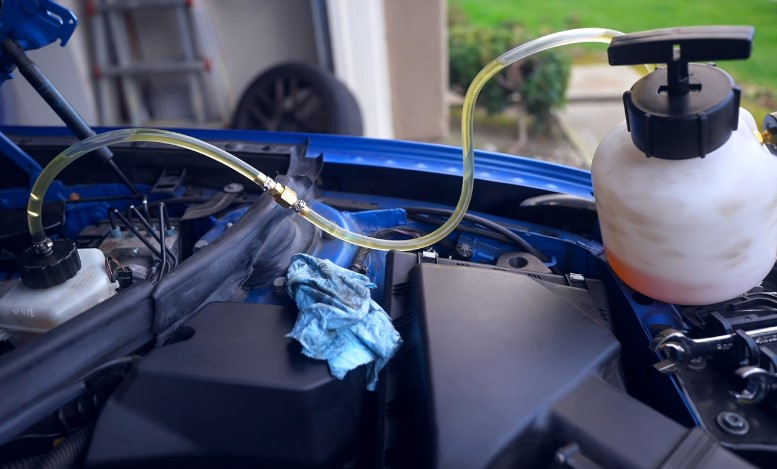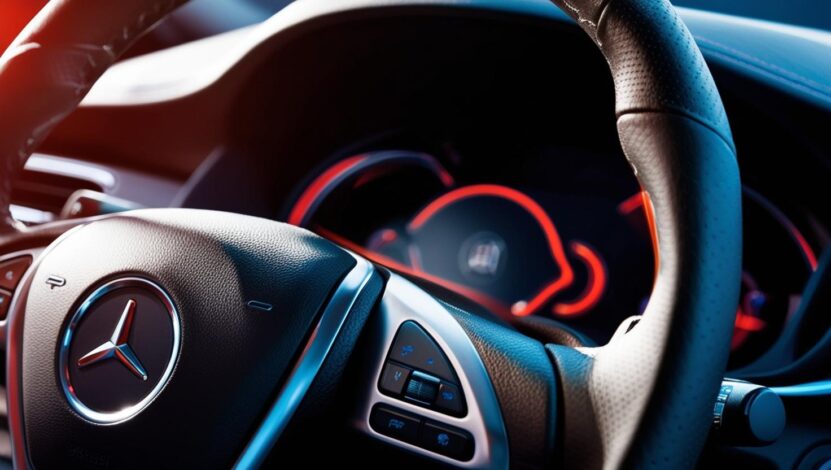
Share Post:
Steering wheel vibrations can shake a driver’s confidence and disrupt the pleasure of a good drive. It may happen at high speeds, during braking, or under random circumstances.
In many cases, that jittery feeling points to underlying maintenance or mechanical concerns.
I’ve prepared this guide to highlight frequent causes of steering wheel vibrations and suggest reliable ways to tackle them. Let’s get right into it.
Table of Contents
ToggleTire-Related Factors
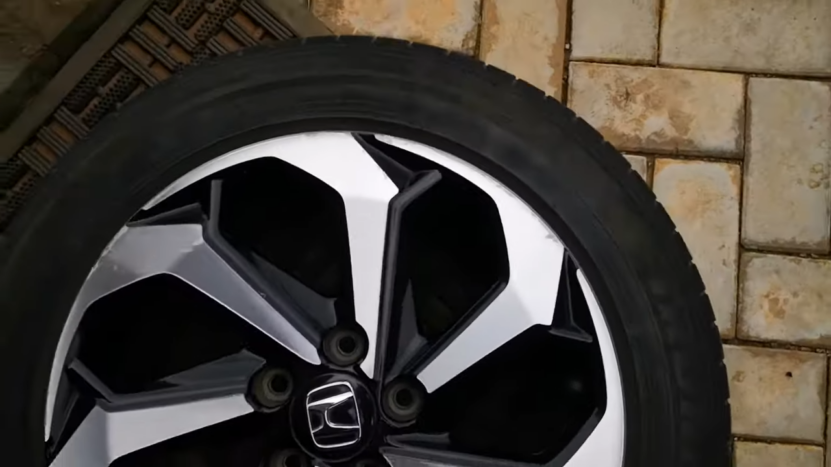
Unbalanced Wheels
When weight distribution around each tire and wheel assembly is uneven, a tremor can emerge in the steering column, especially above 50 mph.
A technician performing a balancing procedure can redistribute weights or add small counterweights as needed.
Key steps to consider
- Visit a tire specialist regularly for check-ups
- Ask for balancing services if vibrations worsen at higher speeds
- Keep tire pressures in line with the vehicle manufacturer’s guidelines
Damaged Tires
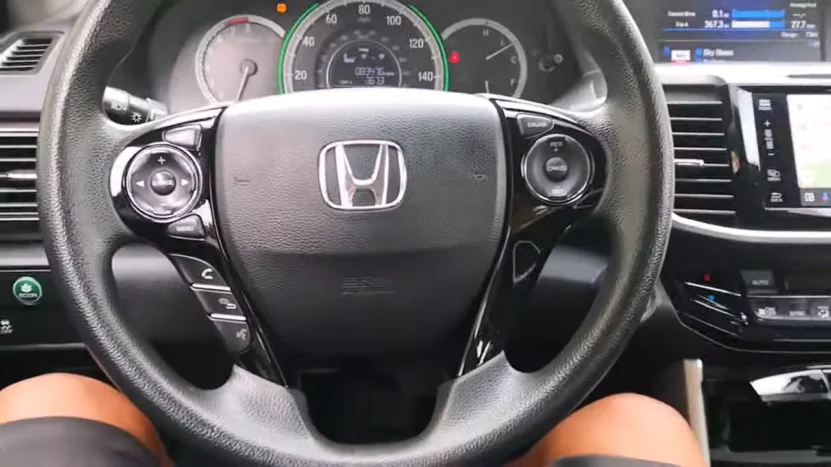
A bubble on the tire or overly worn tread increases the risk of blowouts and diminishes on-road stability.
Ways to address potential trouble
- Inspect treads and sidewalls for cracks or irregular patterns
- Rotate tires at recommended mileage intervals
- Replace suspect tires at the earliest opportunity to maintain grip and safety
Alignment Issues
A vehicle can gradually move out of alignment after encountering potholes or curbs, or simply from standard wear on suspension components.
A misaligned setup might force a car to pull left or right, which can cause shaking in the steering wheel as the driver struggles to maintain a straight path.
Importance of Checking Alignment
- Promotes uniform tire wear across all wheels
- Prevents drifting when releasing the steering wheel
- Improves handling and overall stability
Typical Alignment Solutions
- Get a trusted professional to measure and adjust angles (toe, camber, caster)
- Investigate the suspension for worn parts before or during alignment
- Repeat alignments at recommended intervals or if abnormal wear appears on tires
Worn Brake Rotors
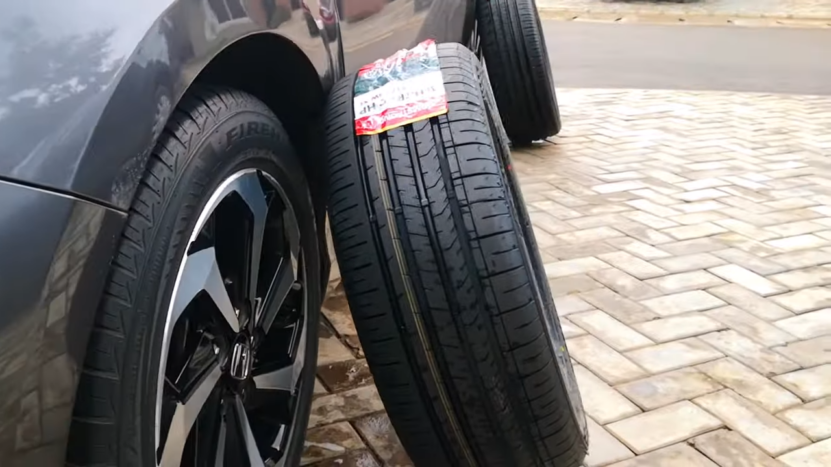
Over many miles, friction from repeated braking generates heat, which can make rotor surfaces uneven. In some cases, the steering wheel will quiver more intensely at highway speeds.
Possible solutions
- Ask a mechanic to evaluate rotor thickness and evenness
- Machine (resurface) rotors if enough material remains
- Replace rotors that are severely damaged, along with the brake pads
Wheel Bearings and Associated Symptoms
A wheel bearing enables the tire and wheel to rotate smoothly on the axle. Once the bearing wears out or fails, excessive movement occurs around the wheel hub.
That instability often translates into a humming or grinding noise that grows louder with speed, along with noticeable steering feedback.
Prevention and Repair
- Seek professional inspection for unusual rotational sounds
- Replace bearings promptly when signs of wear appear
- Watch out for heat or grease leaks around wheels
Suspension and Steering Components
Vehicles rely on a series of linkages, joints, and bushings to connect the wheels to the chassis. Over time, certain parts can loosen or wear, allowing additional play that manifests as shaking through the steering wheel.
Typical Suspension Parts That Affect Vibrations
- Control arm bushings: Rubber mounts that can degrade, leading to noticeable clunking and vibrations
- Tie rods: Critical for steering precision; worn tie rods result in wandering and rattling
- Ball joints: Provide pivoting motion for front wheels; once they fail, rough or shaky feedback can escalate
Maintenance tips
- Book an inspection if the steering feels loose or erratic
- Replace any worn joints or bushings sooner rather than later
- Keep track of recommended service intervals for suspension components
Brake Calipers That Stick
A caliper that doesn’t retract properly might press one brake pad against the rotor. That drag can make the vehicle pull to a particular side, often paired with a scorched smell after extended driving. Vibrations at freeway speeds might also appear if the uneven friction causes a pulsating effect in the steering column.
Potential Remedies
- Examine all calipers to see if one remains engaged
- Use brake cleaner or compressed air to remove debris
- Replace damaged calipers that show signs of corrosion or mechanical failure
Engine Troubles
Odd engine behavior has the potential to reverberate throughout the vehicle. If there’s a misfire or an issue with the air-fuel mixture, shaking might spread into the cabin and steering wheel.
Keep an eye on the dashboard for warning lights that might indicate engine malfunctions.
What to Do When the Engine Feels Rough
- Check for warning lights, codes, or unusual noises
- Have a professional run diagnostics to pinpoint faulty spark plugs, sensors, or other parts
- Stay current with routine tune-ups and recommended engine services
Recalls and Manufacturer Defects
Vehicle manufacturers occasionally issue recalls when certain models exhibit defects that affect steering stability.
One example: in October 2024, Honda and Acura recalled close to 1.7 million vehicles to correct a steering gearbox assembly problem. Owners of affected cars experienced difficulties with steering control and noticeable shaking.
How to Stay Alert to Recalls
- Search online databases for recall notices based on VIN (Vehicle Identification Number)
- Follow updates from the manufacturer or official safety agencies
- Contact the dealership for repair arrangements at no charge if a recall applies to your vehicle
Proactive Measures for a Smooth Ride
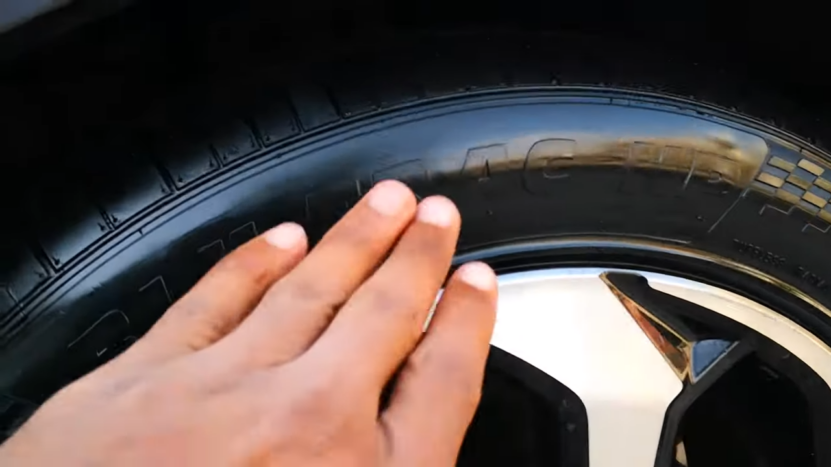
1. Regular Inspections
In 2025, many auto shops offer cost-effective packages covering tire rotations, brake checks, and alignment assessments under one appointment.
Even for brand-new cars, scheduling a basic inspection after crossing 5,000 or 6,000 miles helps uncover problems before they escalate.
2. Early Diagnosis for Minor Shakes
Subtle vibrations can evolve into major headaches if ignored. Acting promptly reduces repair costs in the long run and protects against accidents.
Persistent shaking that goes unchecked could contribute to premature tire wear, failing suspension parts, or brake damage. A small investment in expert attention today often pays dividends in extended vehicle life and safer operation.
3. Ensure Accuracy of Wheel and Tire Upgrades
New wheel styles or upgraded tire sizes might alter the car’s dynamics. If modifications are part of a personalization effort, confirm everything lines up with factory specs for load rating, rim diameter, and offset.
Mismatched wheel and tire configurations may introduce slight shimmies that grow worse at certain speeds.
Suggested Routine Maintenance Checklist
Routine check-ups can keep a driver a step ahead of steering wheel vibrations. A structured plan might look like this:
- Tire Balancing and Rotation (every 5,000 – 6,000 miles) Keep tread depth even across all corners and maintain balanced weight distribution.
- Alignment (once or twice a year) Especially important if driving on rough roads or noticing a pull to one side.
- Brake Inspections (every oil change or 3-6 months) Catch rotor or caliper concerns early before they worsen.
- Suspension and Steering System Review (annually) Examine ball joints, tie rods, control arm bushings, and shocks for any loosening or damage.
- Engine Tune-Ups (as recommended by manufacturer) Fresh spark plugs and proper sensor function reduce vibrations at idle or under load.
- Recall Checks (ongoing) Visit manufacturer websites or official databases to verify active recall campaigns affecting the vehicle.
Avoid Common Myths
Some drivers suspect that a mild shake doesn’t warrant action unless it gets worse. Others hesitate because they assume potential fixes may cost too much.
In many cases, the true culprit turns out to be a minor issue like a slight imbalance or a brake rotor in need of a quick resurfacing.
Truth: Early Repair Tends to Save Money
Delaying maintenance can mean replacing more components in the future. A warped rotor left unchanged might damage brake pads prematurely, while an ignored wheel alignment problem could wear out tires sooner than expected.
Truth: Modern Diagnostic Tools Are Effective
Shops in 2025 carry advanced technology that can quickly pinpoint the root causes of vibrations. A spin balancing machine, for example, identifies tire and rim irregularities within minutes.
Addressing Safety Concerns
Driving a vehicle that shakes can compromise confidence, and in some situations, it might threaten on-road safety.
A forceful vibration often means the steering system is overcompensating for mechanical problems, raising the risk of an unexpected loss of control.
Additionally, worn tires or faulty suspension parts might extend braking distances in emergencies.
Steps to Protect Passengers and Other Road Users
- Schedule an appointment at the first sign of unusual shaking
- Stay alert for odd sounds, smells, or drifting tendencies
- Keep personal protective equipment in the trunk, just in case a tire fails mid-trip
Final Thoughts
A trembling steering wheel doesn’t always signal a costly repair, but it does deserve proper attention. Identifying signs early and relying on professional expertise can restore confidence in any vehicle.
A safe, stable ride is achievable through balanced tires, properly aligned wheels, healthy brakes, and reliable suspension components. Remaining proactive about maintenance will help keep vibrations at bay for years to come.
A little vigilance goes a long way toward preserving comfort, protecting against expensive damages, and ensuring peace of mind whenever you hit the road.
Related Posts:







